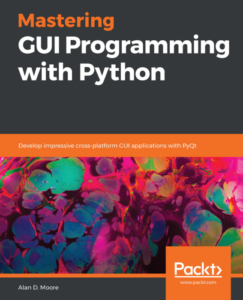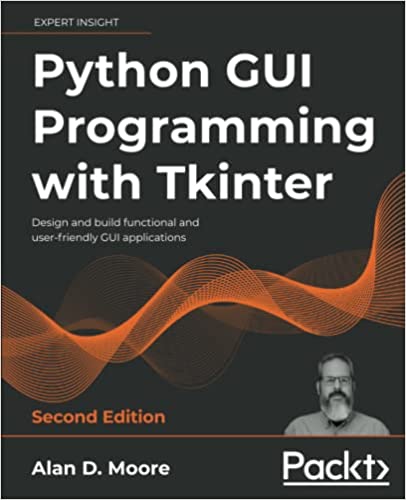Back around 2006 our public library was in need of a cheap way for patrons to browse its web-based INNOPAC catalog. Thin clients running Windows CE had been purchased for this purpose, but they turned out to be buggy and limited. I was tasked with finding a solution to the problem “on the cheap”, and being a fairly new Linux fanatic at the time, I figured I’d see what I could do using free software. This led to my first kiosk project.
Since then, I’ve refined my approach time and again, deploying kiosks throughout my organization just about anywhere a web-browser kiosk can be put to use. The original library system has been completely rebuilt with newer hardware and software, but is fundamentally the same system I set up five years ago.
I often see people asking about how to set up a kiosk system with Linux, and like me they usually start out going about it the wrong way; so I thought I’d write this tutorial based on my years of experience to help those getting started.

